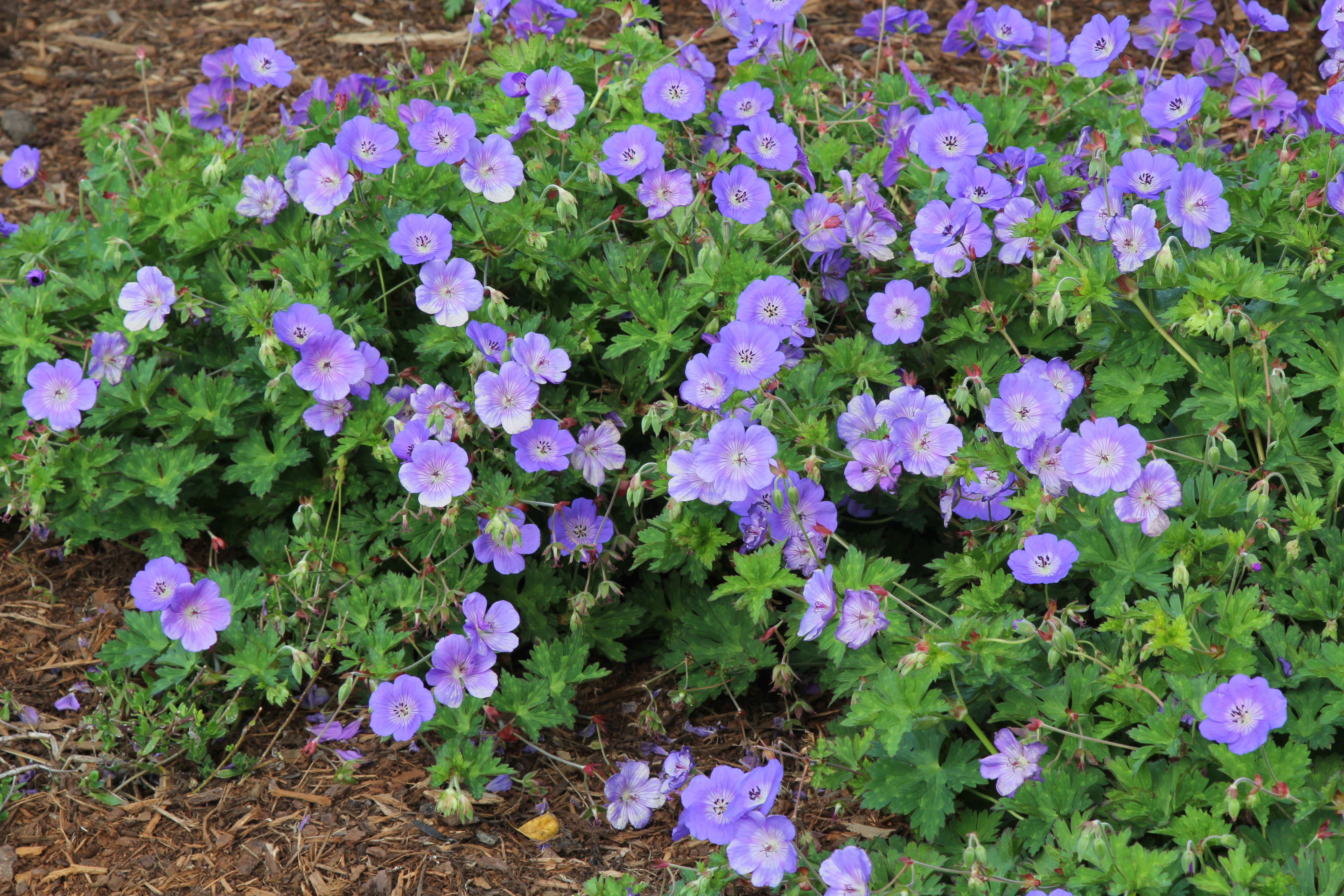Physical characteristics
Vigorous,
Flowers and foliage
Neat dense
Preferred site
Grow in any moderately fertile, well-drained soil in
Preparation for planting
With suitable preparation and care,
Planting too closely leads to spindly growth, poor flowering and eventual decline. In a well-planned
Maintenance tips
Apply mulch
Dividing is a great way to rejuvenate and get more
Ecological and biodiversity benefits
Attracts bees and butterflies.
Pests and diseases
Ensure
Companion and combination plants
Combine it with
Location at Auckland Botanic Gardens
Perennial Garden


.jpg?width=1200&height=800&v=1d536fad5175e20)

.jpg?width=1200&height=1200&v=1d4024dceb89e50)

.jpg?width=1200&height=1200&v=1d5569224d63650)
 .jpg?width=1200&height=1200&v=1d4024df6ce2770)
.jpg?width=1200&height=1200&v=1d55676a892f2b0)
 .jpg?width=1200&height=1200&v=1d4024e3b65f7f0)